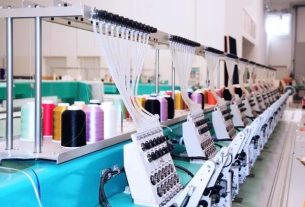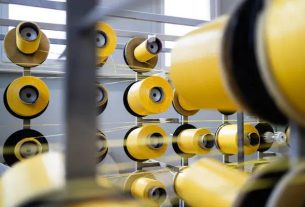Textile plays a crucial role in determining the comfort of kids’ wear. The choice of fabric significantly influences not only the look and feel but also impacts the overall comfort, durability, and safety of children’s clothing. As parents or guardians, it is essential to understand how different textiles can affect your child’s comfort when wearing these clothes.
Cotton is one of the most commonly used fabrics for kids’ wear due to its soft texture and breathability. It allows air to circulate freely, preventing overheating and keeping children comfortable throughout the day. Cotton is also hypoallergenic, which means it doesn’t irritate sensitive skin or cause allergies – an important factor considering that children’s skin is more delicate than adults’. Moreover, cotton absorbs moisture away from the body, making it webrossummit.com perfect for hot weather or active playtimes.
On the other hand, synthetic materials such as polyester might be less suitable for kids’ wear despite their durability and stain resistance. These materials are less breathable compared to natural fibers like cotton or wool. They can trap heat causing discomfort and potential goshting.com skin irritation due to excessive sweating. However, blends of natural and synthetic fibers can sometimes offer a edugraphs.com balance cicioweb.com between comfort and practicality.
Wool is another excellent textile for children’s clothing especially during colder months because of its insulating properties while remaining breathable. However, some types of wool can be scratchy against the skin so always opt for softer varieties like merino wool when choosing winter clothes for your little ones.
Silk offers a luxurious feel but might not be practical due to its delicacy – it requires careful washing which isn’t ideal given that children’s clothes often get dirty quickly! Some parents prefer bamboo fabric as it’s incredibly soft, hypoallergenic just like cotton but has added antibacterial properties too – an added bonus!
The weave or knit of a fabric also affects its comfort level – loose weaves allow more airflow but may not be as durable, while tight weaves or knits offer more protection but might be less breathable. It’s always a good idea to consider the season and activity when choosing kids’ wear.
In conclusion, gerlachsartglass.com selecting the right textile for kids’ wear significantly impacts filnoor.com their comfort. While there are many factors to consider, including style, durability, and ease of care, the comfort should always take precedence. After all, if a child is uncomfortable in their clothing, they will be less whiningconfessed.com href=”https://supinedu.com/”>supinedu.com likely to engage in activities that promote growth and development. Therefore it’s crucial to make informed decisions about textiles when shopping for children’s clothes – ensuring they look great but also feel comfortable no matter what they’re doing!




